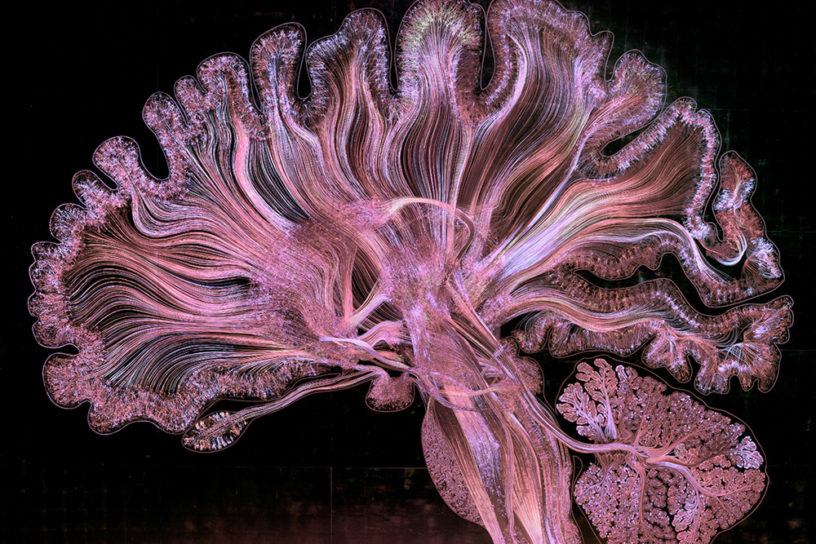Related post
This Installation Is Like Stepping Inside a Neon Van Gogh Painting
Apr 25, 2017
|
Comments Off on This Installation Is Like Stepping Inside a Neon Van Gogh Painting
2611
Eye’s Walk Digital festival 2017
Oct 25, 2017
|
Comments Off on Eye’s Walk Digital festival 2017
1646
Why BPG will replace GIFs and not only.
Nov 02, 2015
|
Comments Off on Why BPG will replace GIFs and not only.
6728














